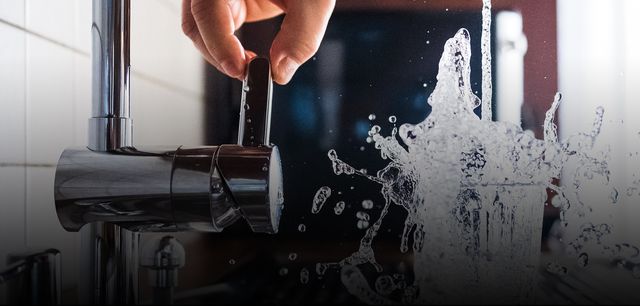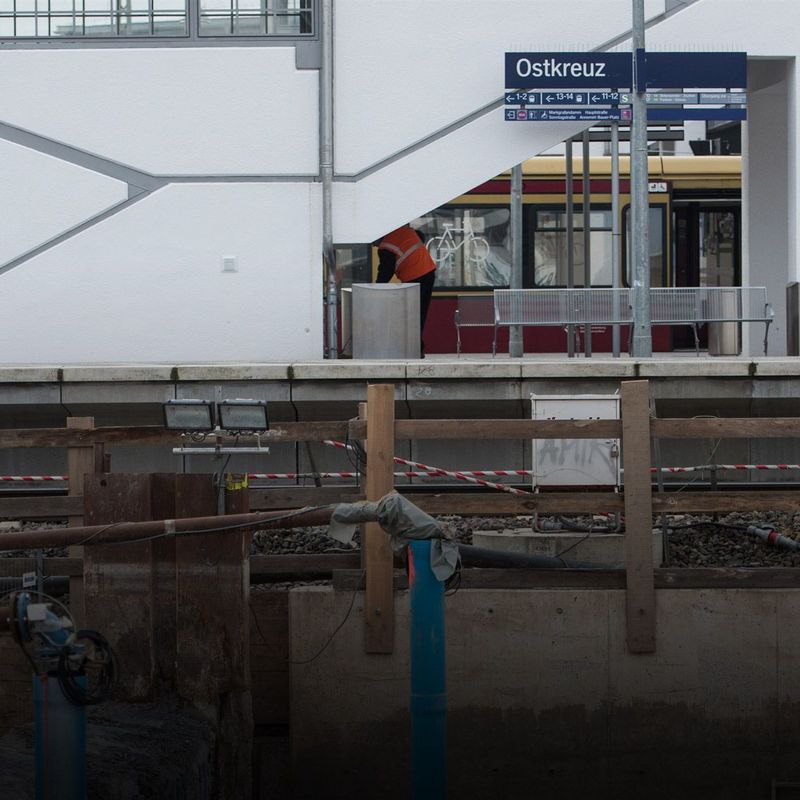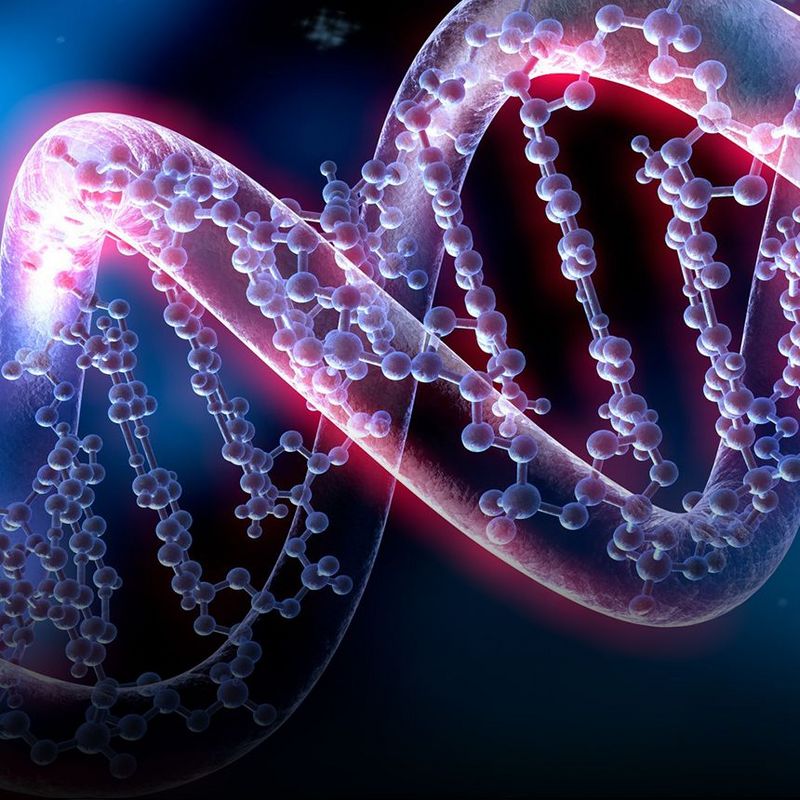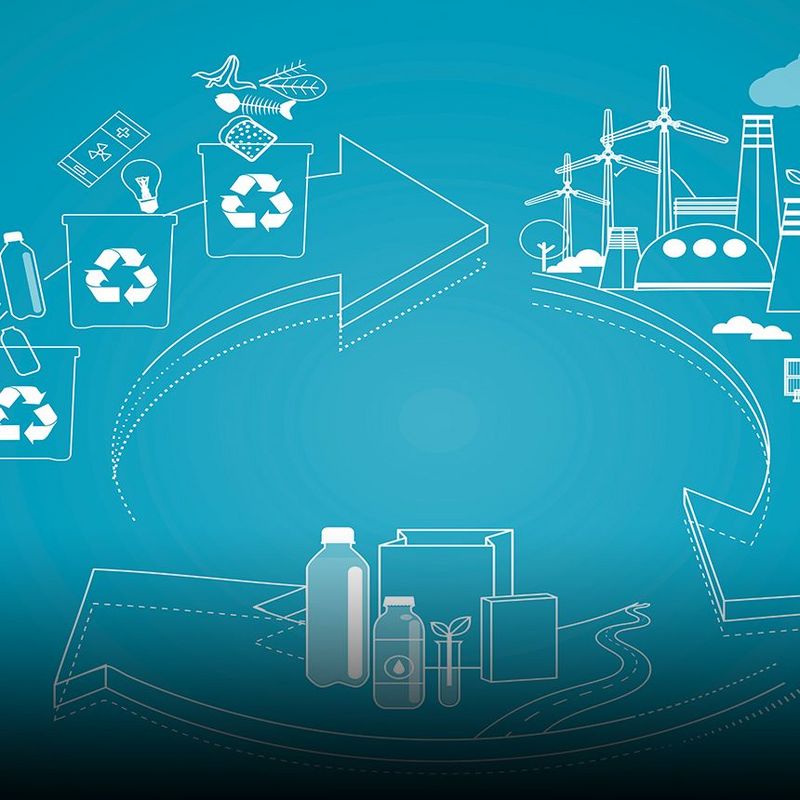21 July 2022
Drinking water in Germany is of universally high quality. And it’s the job of Melanie Wiegand from TÜV NORD subsidiary DMT to ensure that it’s clean and safe when it comes out of the tap. In this interview, the trained biologist explains the stages involved in testing drinking water and what else individuals can do to ensure that their own domestic water supply is safe.
#explore: Drinking water is said to be the most studied comestible of all – is that true?
Melanie Wiegand: That’s correct. The very high standards start with the supplier, who is required by law to provide harmless drinking water to consumers. However, the responsibility of the water supplier ends at the domestic stopcock. Each operator is responsible for the installation on their own premises. For example, in public buildings such as schools and offices, drinking water usually has to be tested every year. If there are showers and a large-scale system for heating drinking water, the hot water must also be tested for Legionella. These are bacteria that thrive at water temperatures of 25 to 50 degrees, especially in stagnant water – for example, in barely used water pipes or hot water heaters which are set at too low a temperature. During showers, large amounts of Legionella can get into the lungs in aerosol form. The possible consequence of this is Legionnaires’ disease, a severe form of pneumonia.
How and where do you and your DMT colleagues get involved as water testers?
We test drinking water installations in large industrial and commercial buildings. Also in museums, schools and day-care centres – in other words, in public buildings. Any water that is explicitly provided there as drinking water must meet the legal requirements. We start by taking water samples and examining them in our laboratory.
And what exactly do you look for under your microscopes?
Ours is a biosafety level 2 laboratory. This means that we study bacteria which are potential pathogens. The highest biosafety level is 4. We also work with a partner laboratory to investigate chemical parameters: lead, for example. This has been banned as a raw material for many years, but you still find it occasionally in some old buildings.
„Any water that is explicitly provided there as drinking water must meet the legal requirements.“
What do you do when you find something untoward in a domestic installation?
Not every bacterial load is problematic: up to 100 different colony-forming germs may be found in 1 millilitre of water. As a rule, these are not a cause for concern, provided
that they aren’t specific pathogens within the meaning of the Drinking Water Ordinance. However, if we identify a Legionella load, our experts carry out hazard analyses, make detailed statements about the cause and offer suggestions for remedying the issue. Only by analysing the interaction between water chemistry, physical and hydraulic parameters and the microbiological situation in the drinking water installation can a permanent solution to the problem be found. We support and monitor the remediation measures in an expert capacity by applying analytical laboratory methods.
What can individuals do to ensure the safety of their own drinking water?
Even small things help. The aerator – the small sieve at the front of the tap – should be changed annually. It also helps to unscrew the filter from time to time and immerse it in vinegar to remove lime and bacteria. The shower hose in the bathroom should also be changed once a year. And in the morning, you shouldn’t drink, clean your teeth with or make coffee with the first glassful of water which comes out of the tap. The water will undoubtedly have been standing in the pipe for more than four hours. That’s the point at which it technically becomes stagnant. Bacteria and germs love this kind of water and will multiply in it.
Do you also have tips for going on holiday?
In any holiday accommodation I turn on the sink tap and let first the cold and then the hot water run for a few minutes. I then look at the water temperature: if it’s nice and cold or nice and hot, then the installation’s working. The same thing applies at home, by the way: Water should come out of the boiler at at least 60°C, otherwise the potential health risk from Legionella will significantly increase. Here’s a little tip for your holiday planning: you can consult the website to find out which hotels in popular holiday regions have already had outbreaks of Legionnaire’s disease associated with Legionella colonies.
What makes your job as a water tester so exciting?
The fact that I can actually get my hands dirty rather than just working with data on a theoretical level. I can literally see what Legionella look like and how many there are. And I can find out the reasons for the load. As a result, we here at DMT have hands-on knowledge of what makes water safe, which gives us the opportunity to protect people through our work.



